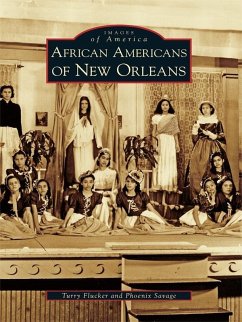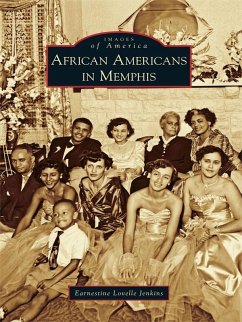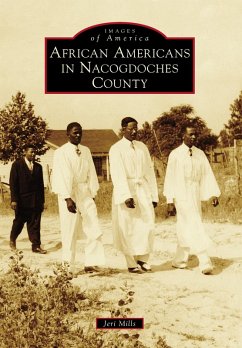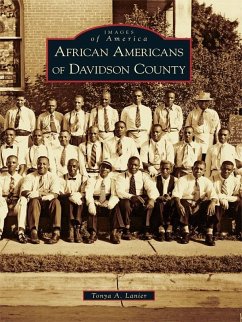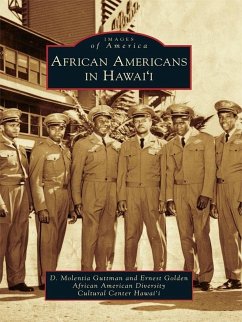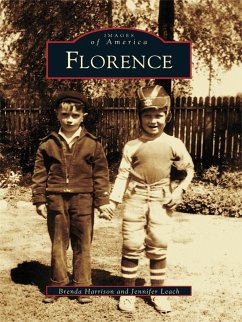
African Americans of Lower Richland County (eBook, ePUB)

PAYBACK Punkte
6 °P sammeln!
Aptly named for the area's rich land, Lower Richland County encompasses approximately 360 miles in the heart of South Carolina's geographic center.Discovered by Virginia settlers over 250 years ago, this fertile swath of land, with the Wateree River in the east and the Congaree River bordering the south, the area immediately attracted settlers eager to make their fortunes. They became wealthy planters and accumulated large land tracts, creating plantation systems that sustained the economy built on cotton crops and the labor of enslaved Africans. The area became some prosperous that the state ...
Aptly named for the area's rich land, Lower Richland County encompasses approximately 360 miles in the heart of South Carolina's geographic center.Discovered by Virginia settlers over 250 years ago, this fertile swath of land, with the Wateree River in the east and the Congaree River bordering the south, the area immediately attracted settlers eager to make their fortunes. They became wealthy planters and accumulated large land tracts, creating plantation systems that sustained the economy built on cotton crops and the labor of enslaved Africans. The area became some prosperous that the state legislature voted to move the state capital from Charleston in 1786 to the city that would become Columbia, South Carolina's capital to this day.
Dieser Download kann aus rechtlichen Gründen nur mit Rechnungsadresse in A, B, BG, CY, CZ, D, DK, EW, E, FIN, F, GR, HR, H, IRL, I, LT, L, LR, M, NL, PL, P, R, S, SLO, SK ausgeliefert werden.





